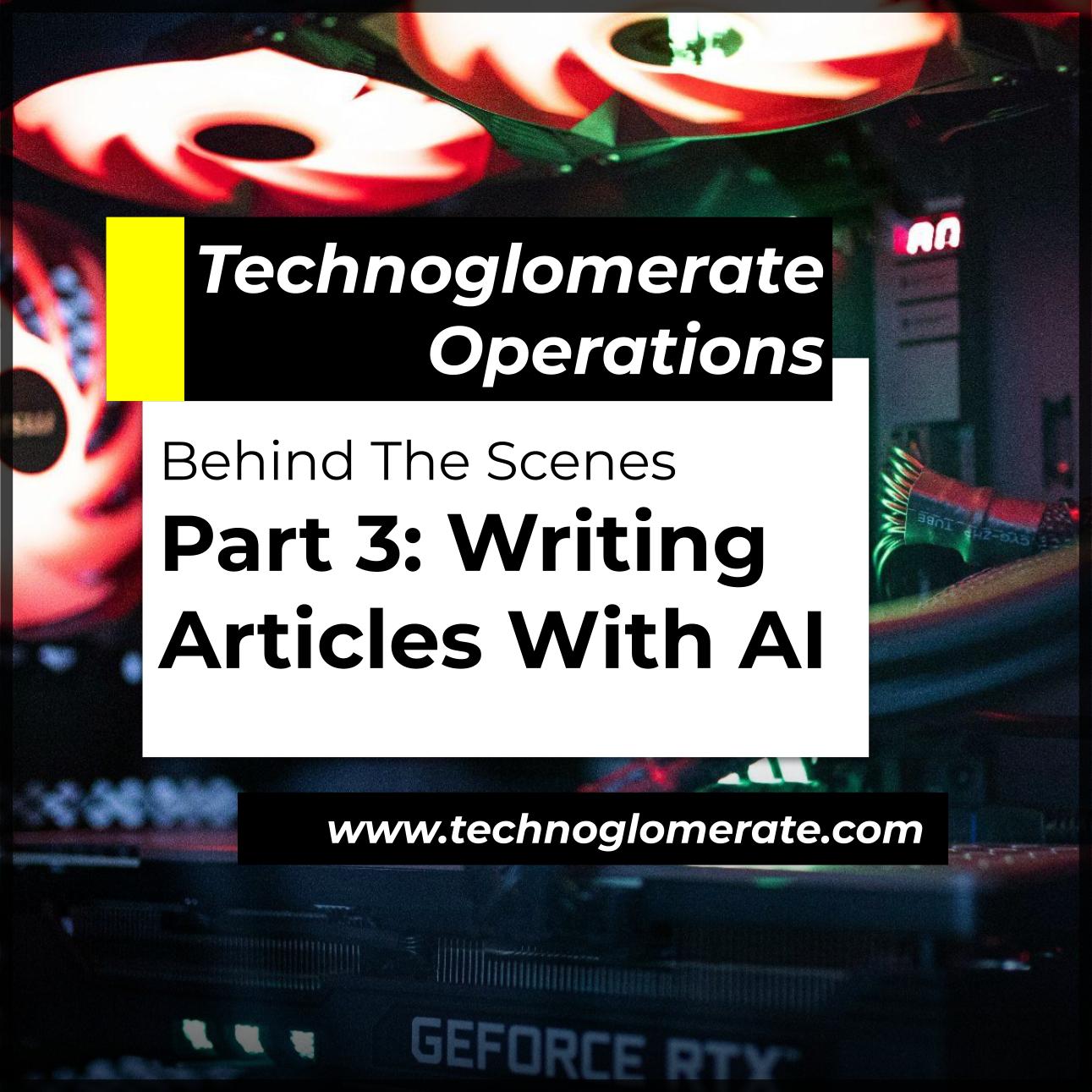Every article in this operations series and most content across our sites is written in collaboration with AI. I’m telling you this upfront because transparency matters, and because it’s a key part of how we scale quality content across our contributor network.
- Original Ideas, Better Communication: AI doesn’t generate our insights. It helps translate existing expertise into more engaging, accessible articles
- Iterative Collaboration: The process involves feeding raw ideas and domain knowledge to AI tools, then refining through multiple rounds of feedback and correction
- Seamless Pipeline Integration: This workflow fits naturally into our Draft → Staging → Live process, letting contributors focus on expertise while maintaining editorial quality
This isn’t about replacing human thinking. It’s about bridging the gap between having knowledge and communicating it effectively—a challenge that affects more technical professionals than anyone wants to admit.
This article is part 3 in our operations series. You can read parts 1 and 2 here:
The Process in Practice

Let me show you exactly how this works with a real example. When I wrote Part 2 about our WordPress architecture, my initial thoughts were a jumbled mix of technical details and strategic justifications. So I brain-dumped them into a prompt for an AI assistant.
This is the exact text I wrote, typos and all:
I need help brainstorming the next article. I want to describe the technical challenges without it being too dry. I think a lot of 'serious' web developer look down their nose at WordPress, but I want to make the case that[it runs 43% of the internet](https://w3techs.com/technologies/details/cm-wordpress),so it's not going anywhere anytime soon, and is a worthwhile platform todevelop on. I want to perhaps mention that the ecosystem is a messy, andmention the recent drama with it's creator, but only if it fits the article,and use this to justify why I built import/export tools that don't use wp-cli(I found that it was too buggy when using different domains, e.g.draft.mydomain.com -> staging.mydomain.com -> www.mydomain.com) Ultimately Iwant to explain that our approach is to publish a stateless live environment,that doesn't have any of the bloat, unnecessary tools, or functionality thatcome from the interactive parts of wordpress, not to mention that this makesit more secure. Can you please compile this into a first draft?
What I needed help with was structuring those ideas into a coherent narrative with proper flow and engaging presentation.
The AI as Translation Tool

I use different AI tools for different tasks. Gemini is great for structure, ClaudeAI has a better feel for for tone, Copilot for specific audiences. The process is iterative: AI provides a draft, I correct technical details and inject my voice, we refine together until the final piece authentically represents my knowledge but communicates it more effectively than I could alone.
This works perfectly with our pipeline. Contributors develop ideas in Draft using whatever AI tools help them most. Editors in Staging see well-structured pieces that need strategic refinement rather than complete rewrites. Readers get content that’s both technically accurate and genuinely accessible.
Why We’re Transparent
We’re open about this process because hiding it would be counterproductive. When we’re transparent about using AI as a communication tool, we’re showing that we understand the difference between having expertise and sharing it effectively.
The results speak for themselves: better content, more productive contributors, faster editorial cycles, and higher reader engagement. The technology amplifies human knowledge rather than replacing it—which aligns perfectly with our mission to leave every visitor better for having spent time with our content.
What’s Next
This AI-assisted writing process is just one piece of our operational strategy. Next week, we’ll dive into the containerization challenges that make our three-stage pipeline technically possible—because great content needs great infrastructure to support it.


